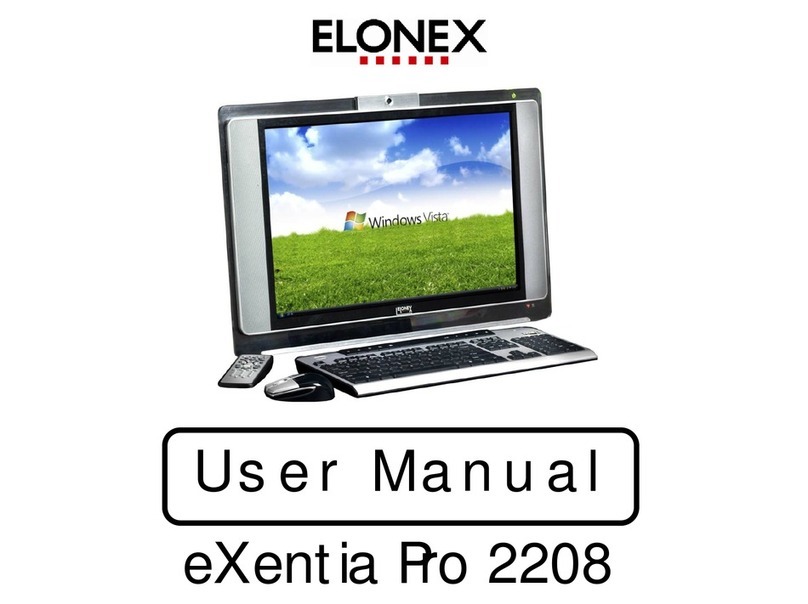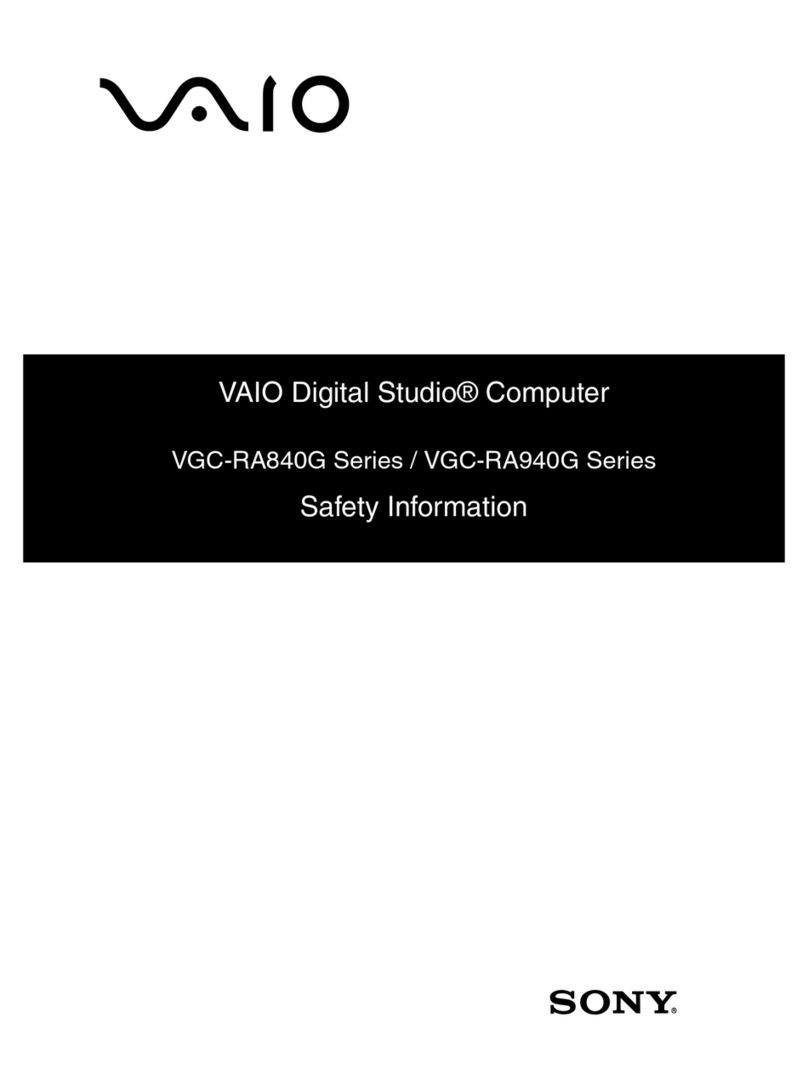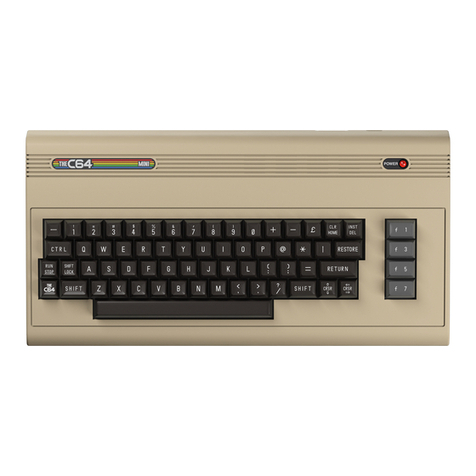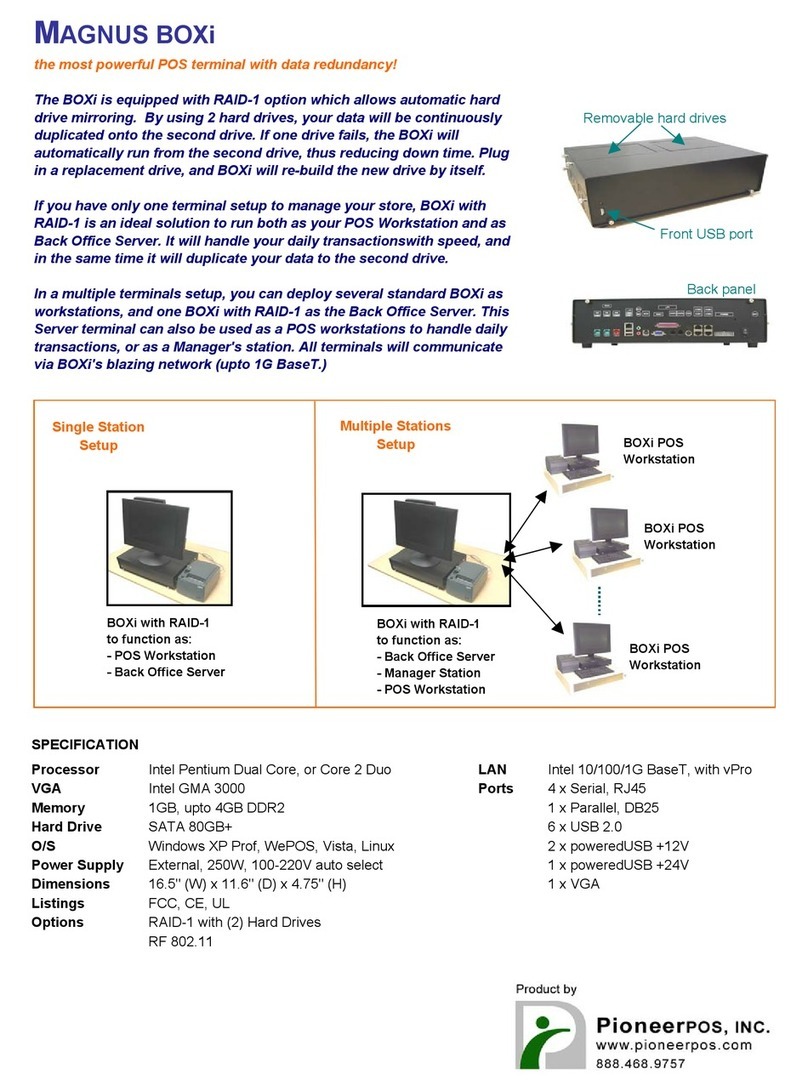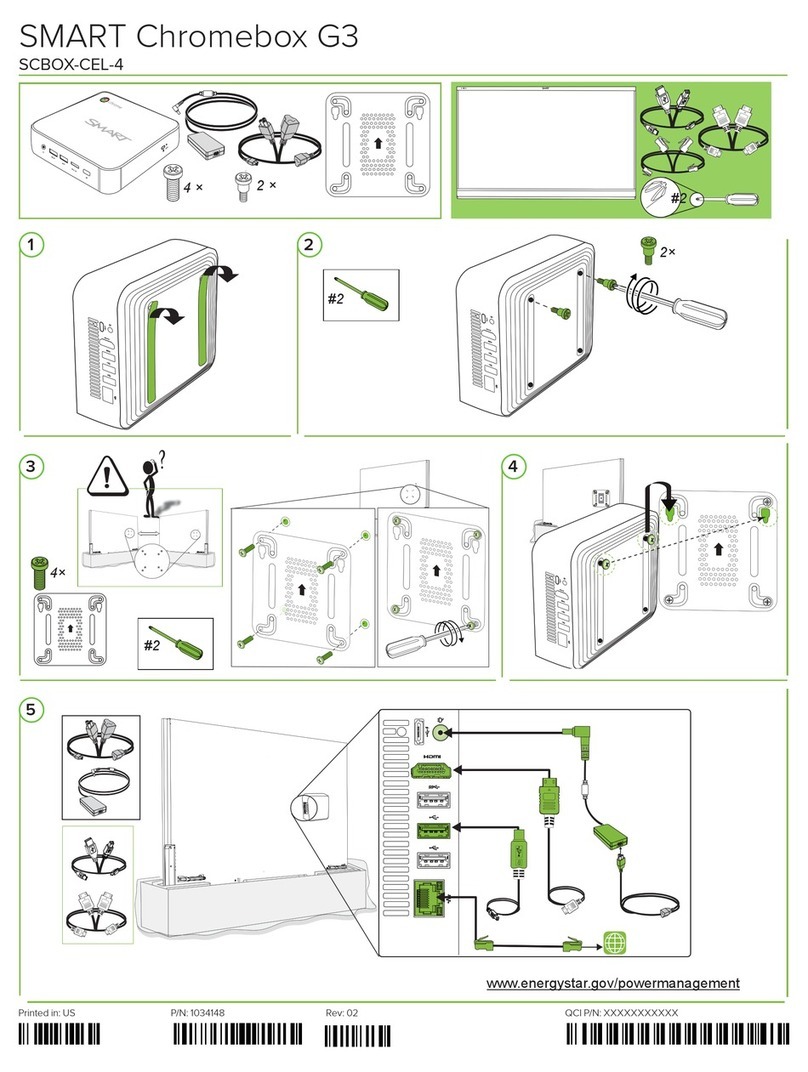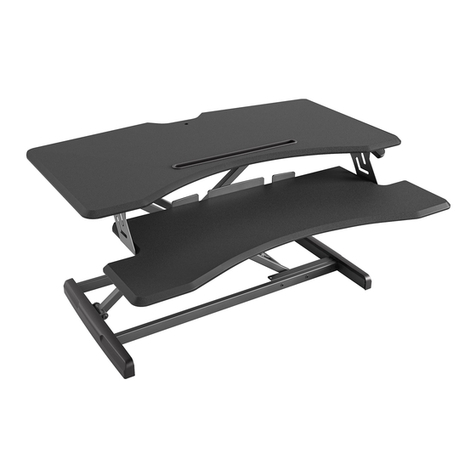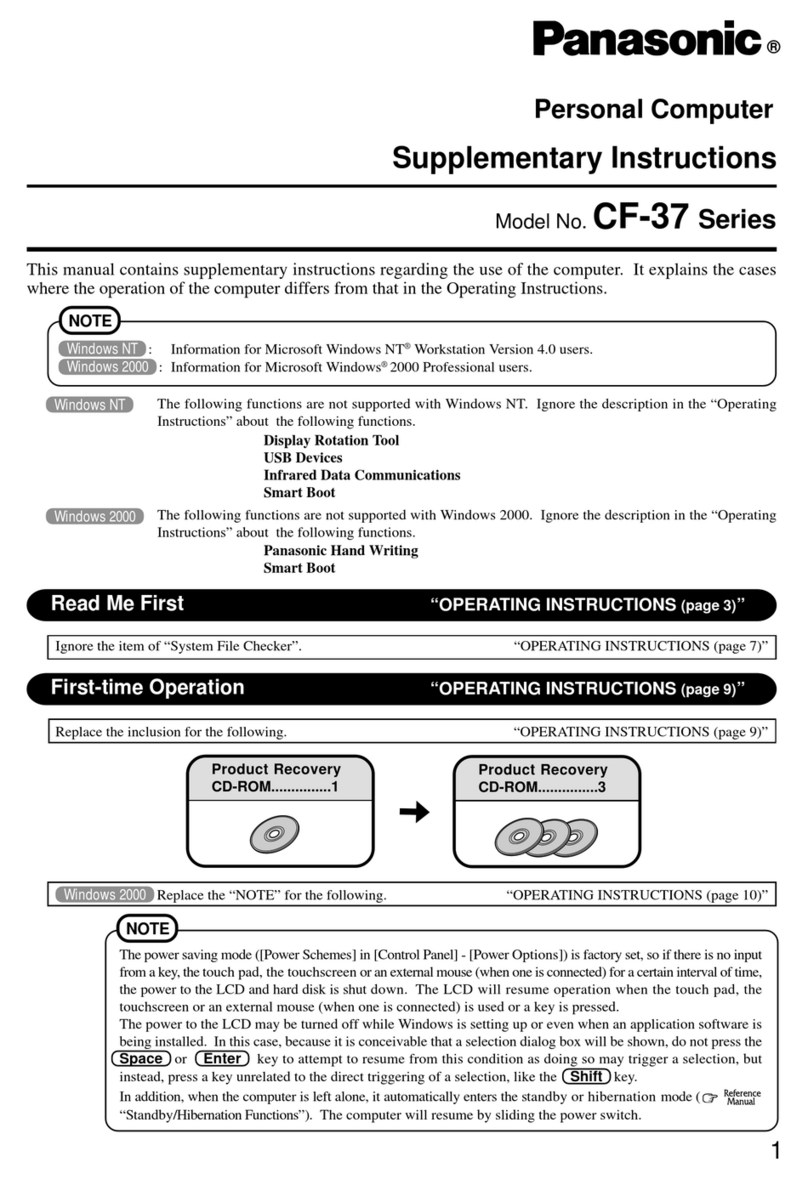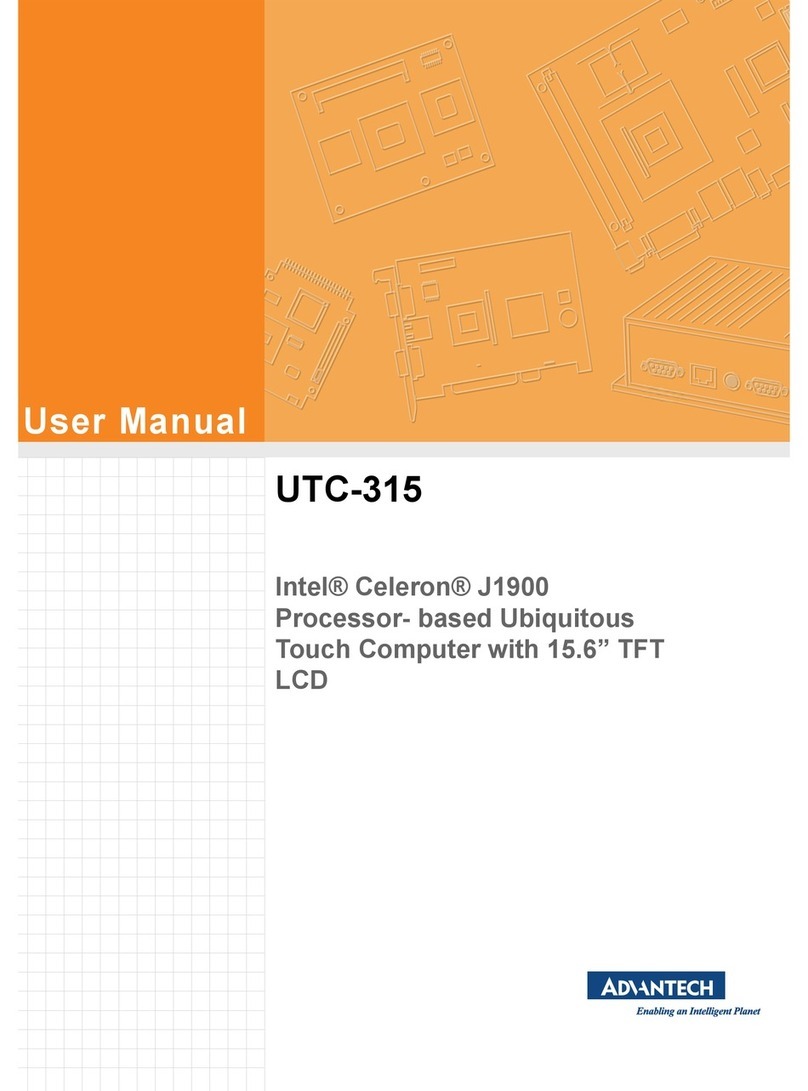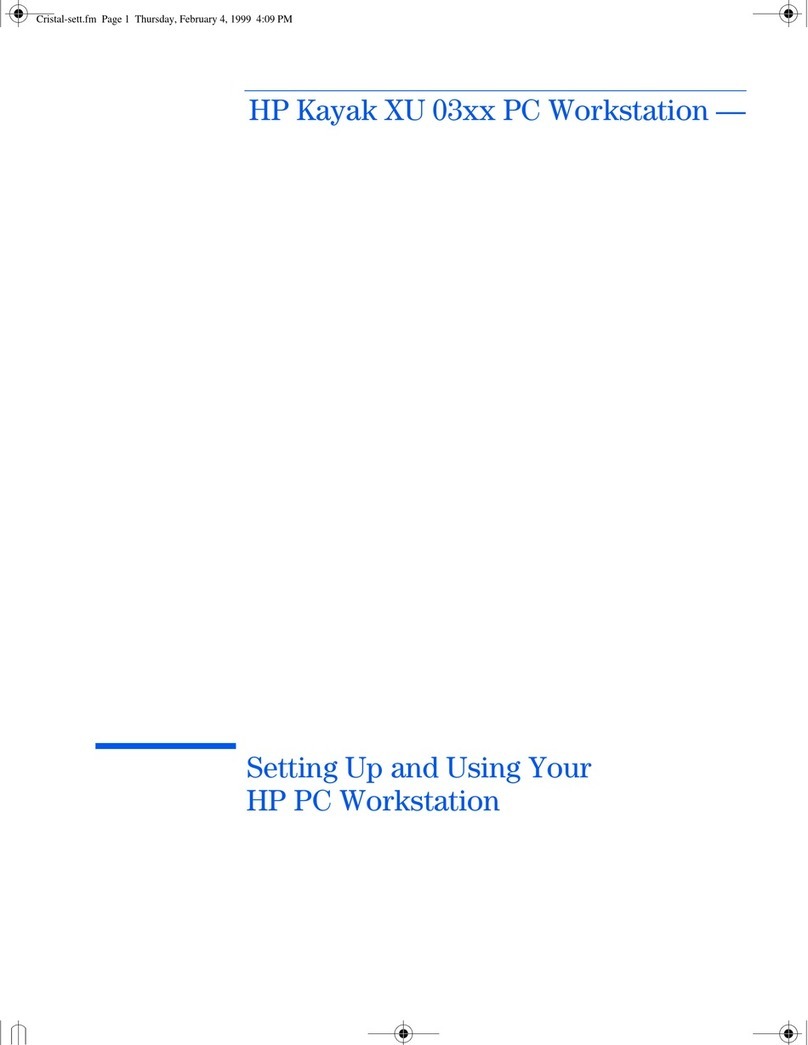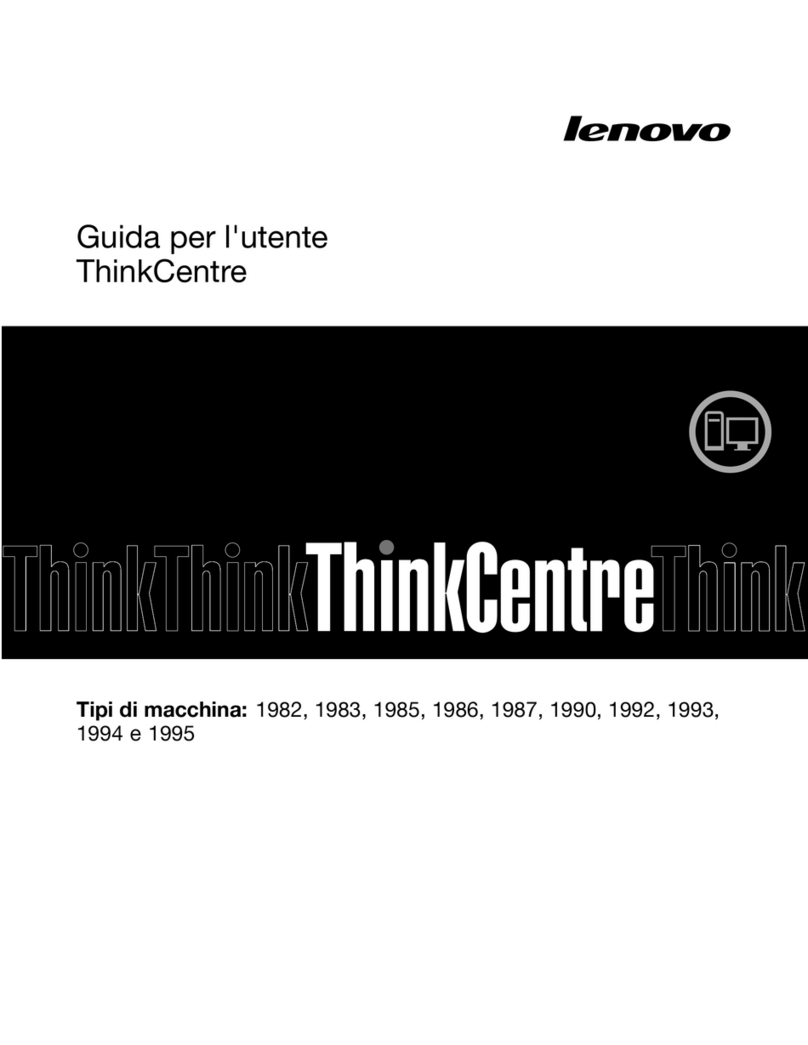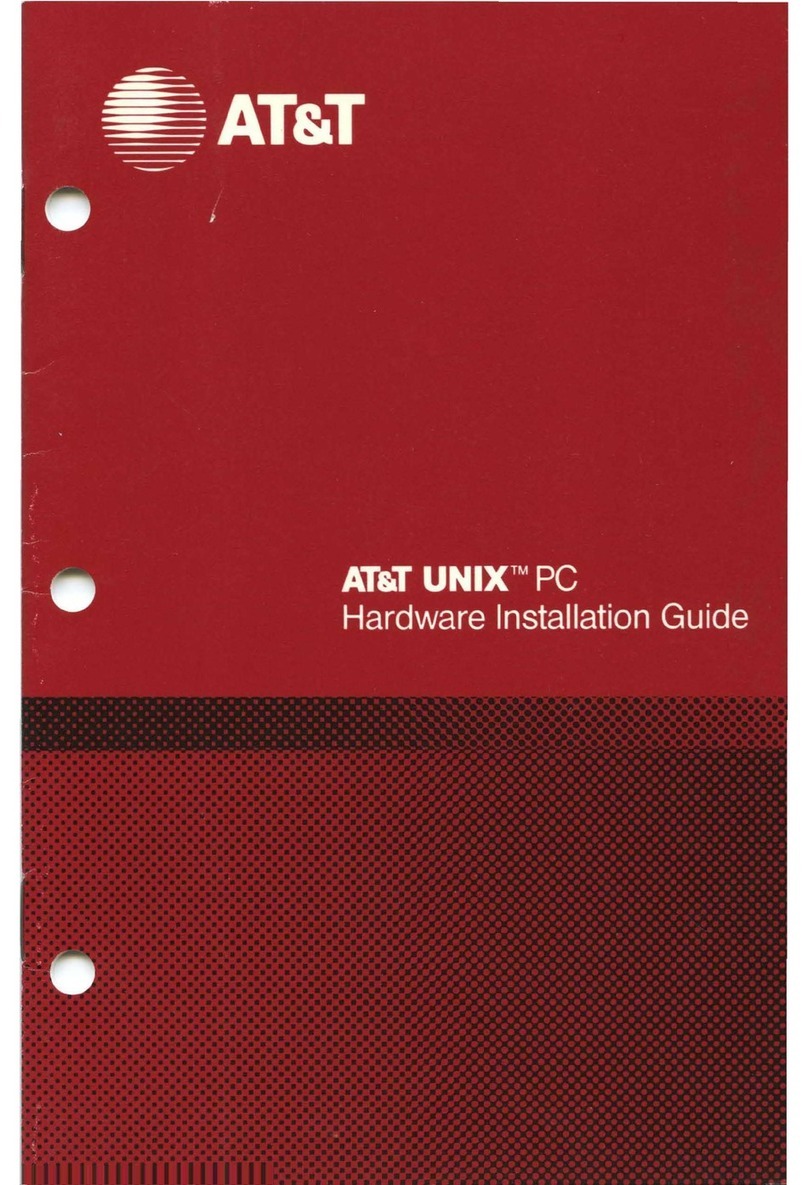Germfree BZ Series User manual

Germfree - Horizontal Laminar Flow Workstation User Manual - v2.0 - 02/03/21 - RMH
Horizontal Laminar Flow Workstation
User Manual

Horizontal Laminar Flow Workstation
User Manual
2
Contents
Introduction ........................................................... 3
Installation ............................................................ 4
Features............................................................... 5
Airflow ................................................................ 6
Airflow Diagram........................................................ 7
Maintenance .......................................................... 8
Troubleshooting ....................................................... 11
Certification / Testing Expectations ...................................... 13
Installation Instructions ................................................. 14
Parts List .............................................................. 16
Service Log ............................................................ 18
Quality Statement ..................................................... 19
Our Company ......................................................... 19
Germfree’s Mission .................................................... 19
Appendix A - Line Drawings
Appendix B - Wiring Diagrams
Appendix C - Sensocon User Manual

Horizontal Laminar Flow Workstation
User Manual
3
Introduction
The BZ Series Hood is designed for the unencumbered and fluid handling of non-hazardous materials in a
sterile working environment. The work area is bathed by constant positive pressure horizontal airflow that has
passed through a High Efficiency Particulate Air (HEPA) filter. This filter removes organisms and particulates 0.3
micron in size with an efficiency of 99.99%. It is even more efficient for both larger and smaller particles due
to the tendency for larger particles to get inertially trapped by the filter, while smaller particles exhibit particle
diffusion in the direction of the fiber. The HEPA filter is positioned in the rear of the work area and is protected
by a removable, perforated metal diffuser located immediately in front of it. The airflow utilized by the BZ Series
Hood consists of moving individual streams of unidirectional, ultra-clean air along parallel lines with minimal
turbulence. This airflow paern is known as laminar.
Your BZ Series Hood is intended to be used as a work area that maximizes product quality control and minimizes
risk of product exposure to contaminates. It should only be used with non-hazardous materials since the air
being bathed over the product is reintroduced into the environment without being filtered again. The BZ hood
does not provide any protection to the user.
Your BZ Series Hood has been thoroughly tested. The HEPA filter was integrity tested by the filter manufacturer
and again at our factory during the assembly process. All testing was performed in accordance with established
standards and procedures, including Federal Standard 209 and NSF/ANSI 49.
Contact Germfree Customer Service
+1 386.265.4300

Horizontal Laminar Flow Workstation
User Manual
4
Installation
The BZ Series Hood should be transported and moved in an upright position. Your hood will arrive fully
assembled and needs to be carefully uncrated. It is very unlikely that your hood will arrive with damage, but if
you have any concerns about the quality of the unit, contact Germfree immediately.
The hood will fit through standard doorways, so no disassembly will be required. If you purchased a stand for
the unit, special considerations need to be accounted for. Firstly, if you are receiving a set height stand for a
BZ-3, BZ-4 or BZ-6, the stand will need to be assembled upon arrival. If you are receiving a BZ-8 the stand will
come assembled and welded so no additional work will be needed. Additionally, if you are receiving an electric
or manually adjustable stand, it will arrive fully assembled regardless of the length. Secondly, once the unit is
placed on the stand it will be too tall for standard doorways, which means the assembly will need to be done
in the installation location. Lastly, the hoods are relatively heavy, weighing 210 (BZ-3), 245 (BZ-4), 375 (BZ-6) or
440 (BZ-8) pounds. This should be considered while planning the assembly of your unit. It will take at least two
people, possibly more depending on the length of the hood so there should be ample space in your laboratory
for several people to maneuver freely. While liing the hood, either to a stand or benchtop, it needs to be lied
by the back corners of the hood. It cannot be lied by the work deck or acrylic sides.
Once the BZ Series Hood is inside the laboratory and on its stand/benchtop, it should be positioned so that it
is out of traffic paerns and away from room air currents that could disrupt its airflow. At least a foot should be
le between each side and anything else for maintenance purposes. Air intake for the hood is located above the
unit so no neighboring equipment or storage should block the airflow. If there is a window in the room it should
remain closed at all times. The hood should not be placed in a location where air conditioning vents might
disturb the flow. A simple smoke test will help determine a proper location for the unit. An optimal location will
have no turbulent airflow in front of, next to, or below the hood.
Aer installation, the BZ Series Hood needs to be certified by an independent testing organization. This must be
done before it is placed into service and repeated in accordance with the regulations from the pharmacy board
in your state (usually 6 months). In addition, whenever the BZ Series Hood is relocated, it must be re-certified.
Refer to the Certification/Testing Instructions section for more details on this process.

Horizontal Laminar Flow Workstation
User Manual
5
Features
Before shipping, the BZ Series Hood is wiped completely with an industrial cleaner/polisher. It reduces
fingerprints on the hood while leaving no oily residue. It is non-carcinogenic and non-toxic to the touch. The
polish can be removed from the surface of the hood during your first cleaning. While being liberated from the
hood, the polish poses no threat to the cleaner.
All BZ Series Hoods are shipped complete and include the following accessories: Variable speed blower motor
control (BZA-5), metal diffuser in front of supply filter (BZA-15), one or two extra prefilter sets (BZA-22PF) and any
other accessories ordered at the time of purchase. In addition to the above, the Pharmacy Models (RX) include
a stainless-steel I.V. bar (BZA-9) with hooks.
All electrical components are located in the control panel/light housing and the main cabinet body. The
fluorescent light components and switches are located in the overhead control panel/light housing. The motor
blower, speed control and circuit breaker are mounted in the main body. The circuits are completed through the
pre-grounded plug and socket located behind the control panel/light housing on the right side.
There are two operator controls on the hood, a power buon and a light buon (fluorescent lights – le switch,
motor blower – right switch). The light buon cannot be started unless the power is on to make sure no work
is done in the hood without the air flowing. There is only a single operating mode and the operator should not
change any motor blower set points.
The unit’s optimal speed control has been calculated and set at the factory. Adjustments may occasionally have
to be made during certification. The speed control seing should only be changed if air velocity falls below the
specified range, which usually takes several years. Adjusting the speed control seing should only be done by
your certifier.
You should not adjust the speed control unless it is an emergency.
The BZ Series Hood does not require any specific accessories for safety reasons.

Horizontal Laminar Flow Workstation
User Manual
6
Airflow
The Blower Motor is extremely efficient throughout a wide pressure range; it will overcome the resistance of
both a clean and moderately “loaded” HEPA filter. Loaded refers to the number of particles trapped in the filter.
The variable motor blower speed control is set at the factory to give a laminar airflow velocity of 90-100 linear
feet per minute as measured by a thermoanemometer or velometer.
As the HEPA filter becomes “loaded” with particulate maer, the blower will overcome a considerable increase
in resistance without having to be reset. Eventually, the speed control will reach the maximum seing. At this
point, the hot wire to the motor should be reconnected to the next higher power level. Over time the filter will
become loaded requiring an adjustment of the speed control. To best determine when the filters should be
changed, direct readings of airflow in feet per minute should be taken. This is usually done with a velometer or
thermoanemometer. These adjustments and measurements should only be performed by a certifier.
If your unit is not equipped with a pressure gauge, airflow is verified by geing the hood routinely checked
by a certifier. Even without a pressure gauge, the motor blower will continue to increase the speed control to
maintain a laminar airflow velocity of 90-100 linear feet per minute.

Horizontal Laminar Flow Workstation
User Manual
7
Airflow Diagram

Horizontal Laminar Flow Workstation
User Manual
8
Maintenance
Prefilters
The prefilter is located horizontally on the top of the unit and should be kept in place at all times. The prefilter
supplied with the unit is a fiberglass type similar to an air-conditioning filter. Once the unit has been placed into
service, the prefilter should be inspected monthly by a certifier. Aer it has been determined by the certifier how
long it takes for the prefilter to load, it should be routinely inspected at this interval to determine if it should be
replaced. Aer some experience is gained, you may prefer to select an arbitrary time to replace the prefilter.
Replacement prefilters are available from stock or it may be possible for you to obtain a usable substitute from
an air conditioning supply company or hardware store located in your community.
Your responsibility as the user of this hood is to keep a log of inspections and replacements of the prefilters. For
your convenience, a Service Log has been included in this manual for you to record any maintenance done on
the prefilters.
HEPA Filters
The average life of a HEPA filter is 3 to 5 years or longer, depending on the cleanliness of the ambient air and
the care taken while using the unit. A loaded HEPA filter cannot be cleaned or recycled. New filters are available
from Germfree and we recommend that they be changed by qualified personnel. The filters are accessed from
the side of the unit. Both sides of the unit must be open in order to remove the filter. The side panels can be
removed with a flat-head screwdriver and the filter clamps can be loosened by hand. The filter will then slide out
from either side.
Your certifier, using R.T.V. silicone sealant, can repair small holes or tears in the filter medium. The filter must be
retested for leaks aer any repair is made.
The spill guard edge, located at the work surface, will protect the filter from spills on the work surface. If liquid
gets over the spill guard, remove the diffuser and carefully soak the liquid up with the edge of a paper towel or
any thin material with good absorbency. The filter integrity should be retested by certifier and repaired/replaced
if needed.
Your responsibility as a user will be to keep a log of certification tests and replacements of your HEPA filters.
For your convenience, a Service Log has been included in this manual for you to record any maintenance or
testing done on the HEPA filter. You will also need to ensure the HEPA filter does not take physical or other
compromising damage.
Motor Blower
The motor blowers were selected because they have the following characteristics: low noise level, low vibration
level, compatibility with the variable speed control, and most importantly, the efficiency in delivering air through
clean HEPA filters as well as those loaded with a moderate amount of particulate maer.
The 3-pronged grounded power cord can be plugged into a standard grounded receptacle. A 20 amp receptacle
will be required for the 6’ and 8’ models.
The motor is located in the center of the blowers. Before servicing the motors, the power cord must be
disconnected or, if this is difficult to reach, the fuses should be removed.
It should rarely be necessary to work on the motor blower assembly.

Horizontal Laminar Flow Workstation
User Manual
9
Filter Diffuser
The HEPA filter is located behind a removable, perforated metal diffuser. Do not push items such as needles
through the diffuser holes and do not hang items from any part of the diffuser. Due to the Ultra-clean air
passing over the backside of the diffuser, it does not need to be cleaned regularly. The diffuser should only be
removed by your certifier, and at that time the backside can be cleaned thoroughly.
During routine cleaning the diffuser will still aached. Do not spray the diffuser with an aerosol or pump
dispenser because you might spray the filter. If an occasional spray mist gets on the filter, it should dry and not
cause a problem. The diffuser should be cleaned with a cloth saturated with cleaner. Due to the air pressure
coming across the diffuser, any drops that penetrate the diffuser will not come into contact with the HEPA
filter. If there is major damage to the diffuser, a certifier should be notified, and the filter should be tested
immediately, and work should cease inside the hood.
Acrylic Top and Sides
The transparent acrylic top and sides of the work area are designed to provide optimal light in the work area.
Many chemicals have an adverse effect on acrylic plastics. Never use griy soaps or household cleansers such
as Comet or Ajax. Acrylics are aacked by concentrated alcohols, strong solvents, chlorinated hydrocarbons and
many aromatic hydrocarbons. They are also adversely affected by ultraviolet light.
Acrylic is unaffected by most inorganic solvents, minerals and animal oils, low concentrations of alcohols,
paraffinic and olefinic hydrocarbons, amines, alkyl monohalides, esters containing more than ten carbon atoms,
alkalines, no-oxidizing acids, salt water, photographic solutions and chemicals, petroleum oils and greases,
household cleaning products and chemicals used in the treatment of water. For cleaning, 50% Ethyl Alcohol, 70%
Isopropyl Alcohol, or a Clorox solution can be used. Do not use 95% or 70% Ethyl Alcohol, 99% Methyl Alcohol or
Windex.
Over time, the acrylic glass will experience standard wear and tear. If the acrylic becomes too scratched or
cloudy, and it begins to impede on the work being done in the hood, it will need to be replaced to maintain the
optimal level of light over the workspace. You will be responsible for determining when the time has come to
replace the acrylic. Only qualified personnel should replace the acrylic, as holes need to be drilled and some of
the hood needs to be dismantled and reassembled.

Horizontal Laminar Flow Workstation
User Manual
10
Optional Equipment
For units being placed in high seismic zones, the BZ
Series Hood can be outfied with hydraulic piston
cylinders to maintain work table stability during
moderate and extreme conditions. An electric li
system can be equipped on the stand for automatic
adjustment of the hood. The mechanism is a self-
contained system that only requires power to be
operational. No maintenance is required beyond
keeping the system clean. Your pharmacy cleaning
procedure should not impact the li system. The
li cylinders are fully sealed but the connection
between the hydraulic lines and the cylinder should
not be sprayed directly.
A digital or analog mounted pressure gauge can be added to the front of the hood, which is designed to give
the user quick responses to pressure changes. The analog gauge is made of a die cast aluminum case with an
O-ring seal that prevents corrosion and maintains pressure integrity. The digital gauge is a closed system with an
O-ring seal. Standard cleaners should have no adverse effects on either gauge, refer to your facilities cleaning
procedures. Your responsibility is to ensure the gauge remains responsive to the pressure difference while the
unit is running. This means erratic readings such as sudden drops to zero pressure difference while the motor
blower is operational might indicate a faulty
pressure gauge. If you are ever concerned
about the pressure gauge output, contact
a certifier to test the unit and cease work
inside the hood.
Depending on the work being done in the
hood, a gas inlet or outlet can be outfied.
The fiing should be tested for leaks by
your certifier. It can be cleaned in the same
manner as the rest of the hood.
If the work inside the hood requires
powered equipment, standard 3-prong
outlets can be mounted inside the hood. An
outlet uses an additional power cord, which
should be considered when determining in
the location this unit will be placed. These
should not be sprayed or saturated with
cleaner to ensure the connections stay dry.

Horizontal Laminar Flow Workstation
User Manual
11
Troubleshooting
This section is to be used as a general guideline. An independent certification agency or a qualified technician
specializing in repairs and testing of this type of equipment must do any maintenance or repairs that need to be
made.
Trouble Possible Causes Remedy
Air supply inoperative Main switch off
Check main switch
See that plug is in the electrical
outlet
Blue light switch should be on
No air circulation
Blower off Check motor blower control
Blown circuit breaker Check circuit breaker on control
panel
Break in electrical wiring Use electrical diagram and check
wiring connections
Excessive blower vibration Foreign matter in blower squirrel
cage Remove paper, paper clip, etc.
Exhaust Air Imbalance
Improper adjustment of blower
motor control
Adjust to proper reading on
pressure gauge – Contact
certification company
Obstruction of plenum Remove obstruction
Leak between blower and
plenum
Repair leak – Contact
certification company
Filter loaded Replace Filters – Contact
certification company

Horizontal Laminar Flow Workstation
User Manual
12
Trouble Possible Causes Remedy
Low velocity air
Low voltage on house current Measure voltage – contact
certification company
Filter loaded Replace filters – contact
certification company
Improper adjustment of blower
motor
Adjust to proper reading on
pressure gauge – contact
certification company
Obstruction in plenum Remove obstruction
Leak between blower and
plenum
Repair leak – contact certification
company
High velocity air
Filter rupture Replace Filters – Contact
certification company
Supply filter gasket leak Find and repair leak – contact
certification company
Exhaust air outlet obstruction Remove obstruction
Improper adjustment of blower
motor speed control
Adjust to proper reading on
pressure gauge – contact
certification company
Non-laminar airflow
Large object obstructing airflow Remove item
Large leak in supply filter Replace Filters – Contact
certification company

Horizontal Laminar Flow Workstation
User Manual
13
Certification / Testing Expectations
Your unit will need to be certified by an independent testing organization when the unit is installed and at least
once a year aer that for the duration of the hood’s operation.
When your unit is first installed, a smoke test should be performed. The certifier can use a smoke tube in the
operating room to find the optimal placement locations for the hood. Any turbulent air pockets or inconsistent
airflow paerns can be detected by this test.
The hood should be placed in a location with a constant rate and paern of dissipation of the smoke. This test
will not be performed aer the initial certification unless the airflow in the building has changed or you plan
on moving the machine. During the initial certification, and every year aer, two other tests will be performed.
The first will be a filter integrity test. The certifier will pump a non-volatile solvent (such as dioctyl phthalate
(DOP), polyalphaolefin (PAO) or equivalent) over time into the assembled unit on the upstream side of the HEPA
filter. An aerosol photometer will be used to scan the downstream side for any aerosol droplets that might pass
through or around the HEPA filter.
The second examination is an airflow test. Using a thermoanemometer or velometer, the certifier will verify
that the airflow in the hood is uniform and unidirectional. A thermoanemometer uses a heated probe set in an
airstream to determine air speed. The probe determines the heating power required to maintain the high probe
temperature. This power is proportional to air speed. Alternatively, the velometer uses a probe that intakes air,
and the force against the meter causes a deflection in the needle.
If your pharmacy does not have a certifier, Germfree can assist in finding one in your area.

Horizontal Laminar Flow Workstation
User Manual
14
Installation Instructions
Your hood is transported fully assembled and operational. It can be set up on a desk or table, plugged into an
outlet and will be ready to be certified. However, if you are also receiving a stand for the hood, some assembly
may be required. Set height stands for our 3, 4 and 6 foot models will need to be assembled. Any 8 foot stand is
shipped fully assembled, with the components welded together to support the weight of the hood. If the stand
has an electric or manual li system, it will arrive fully assembled for all stand lengths. The stand and the hood
may be shipped separately depending on the length.
The instructions below relate to the assembly of the stand and the placement of the hood on top.
Stand Assembly
There are 5 components to the broken down stand: the top of the stand, two pre-assembled side pieces and the
two rear supporting braces. The pieces are connected by tightening set screws in fiings. The assembly starts
with inverting the top of the stand on the ground.
Next, the two side pieces that are already assembled (Blue) should be connected with the rear supporting
braces (Red). The supporting braces are inserted into the fiings on the side pieces and the set screws can be
tightened. There will be 4 set screws to tighten during this step.
Fig. 1 Inverted Top of the Stand
Fig. 2 Assembled Side Pieces with aached rear supporting
braces

Horizontal Laminar Flow Workstation
User Manual
15
Once the side pieces have been connected, the frame can be inserted into the top of the stand. Ensure 2 things
at this stage:
1. The rear of the stand has the supporting bars and should be matched up with the rear side of the top frame.
The top frame has a flange along the rear edge to make sure the hood sits flush against the back of the
stand.
2. The stand legs have adjustable bullet feet on the boom. Ensure that the other end is inserted into the top
frame.
Fig. 3 Completed Stand

Horizontal Laminar Flow Workstation
User Manual
16
Parts List
The following list contains reorder information for parts included on the base model.
Germfree part numbers are in red
HEPA Filters
BZ-3 36” x 36” x 6”
375-1008-00
BZ-4 36” x 48” x 6”
375-1009-00
BZ-6 36” x 72” x 6”
375-1010-00
BZ-8 36” x 48” x 6” (Qty 2)
375-1009-00
Prefilters
BZ-3 361/4” x 121/4” x 1”
005-1024-00
BZ-4 481/4” x 121/4” x 1”
005-1025-00
BZ-6 361/4” x 121/4” x 1” (Qty 2)
005-1024-00
BZ-8 481/4” x 121/4” x 1” (Qty 2)
005-1025-00
Motor / Blower
BZ-3 3/4 Hp, 1450 rpm, 7.7 Amp
Double Motor # 7024-1351 (permanent split
capacitor)
182-0008-00
BZ-4
BZ-6 2 @ 3/4 Hp, 1450 rpm, 7.7 Amp
Double Motor # 7024-1351 (permanent split
capacitor)
182-0008-00
BZ-8
Power Cord
All Models Molded three prong, 8’ gray cord # 17510A
583-0018-00

Horizontal Laminar Flow Workstation
User Manual
17
Capacitor
All Models
7.5 MFD
G.E. # 6X655
152-0007-00
Switches
All Models
Qty. (2) Rocker, single pole, single throw (on/off)
Carlingswitch # LRGSEK221C, UL & CSA approved
170-0030-00
Circuit Breaker
BZ-3 15 Amp
Potter & Brumfield # W58XB1A4A-15, CSA approved
163-0066-00
BZ-4
BZ-6 20 Amp
Potter & Brumfield # W58XB1A4A-20, CSA approved
163-0063-00
BZ-8
Speed Control
All Models 15 Amp. -KB Electronics # KBWC115NS, UL approved
332-0014-00
Lighting
BZ-3
Fluorescent lights (2 each)
F-25T8/741
147-4009-00
(Commonly available at hardware stores and
online)
BZ-4 Fluorescent lights (2 each)
32T8/741
147-4008-00
(Commonly available at hardware stores and
online)
BZ-6
BZ-8
Fluorescent Ballast
All Models
Advance Transformer Ballast #1CN-2P32-SC35M
147-5004-00
Lamp Holders — (4) Leviton # 11357-N
156-002-00

Horizontal Laminar Flow Workstation
User Manual
18
Service Log
Date Service Provided

Horizontal Laminar Flow Workstation
User Manual
19
Our Company
Germfree has been a leading innovator in aseptic
control and isolation systems since 1962.
We design and manufacture a diverse range
of equipment and facilities for life science
applications.
Our systems are integral to critical processes across
many sectors. We specialize in complex projects and
custom applications that serve the rigorous demands
of our clients. Our high-specification bioGO
Modular Facilities operate across the world, and are
sustainable as permanent facilities in remote regions
with harsh conditions.
Quality Statement
Accountability
We will deliver our products on time, as promised, and
free from defects.
Ownership
We will strive to exceed expectations at every level
and we will work to make sure that each customer is
satisfied with the service that they receive.
Longevity
All of our products are constructed from the highest
quality materials and are designed to operate reliably
for decades. We stand behind our work and take
pride in our superior crasmanship.
Germfree’s Mission
Creating Environments that Serve Life Science Innovation and Advance Global Health
Germfree
4 Sunshine Blvd.
Ormond Beach, Florida, USA 32174
+1 386.265.4300
www.germfree.com

Horizontal Laminar Flow Workstation
User Manual
Appendix A
Line Drawings
This manual suits for next models
4
Table of contents




